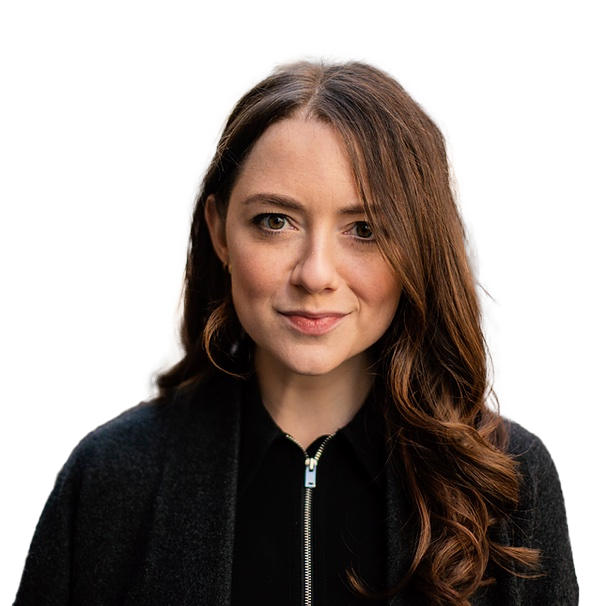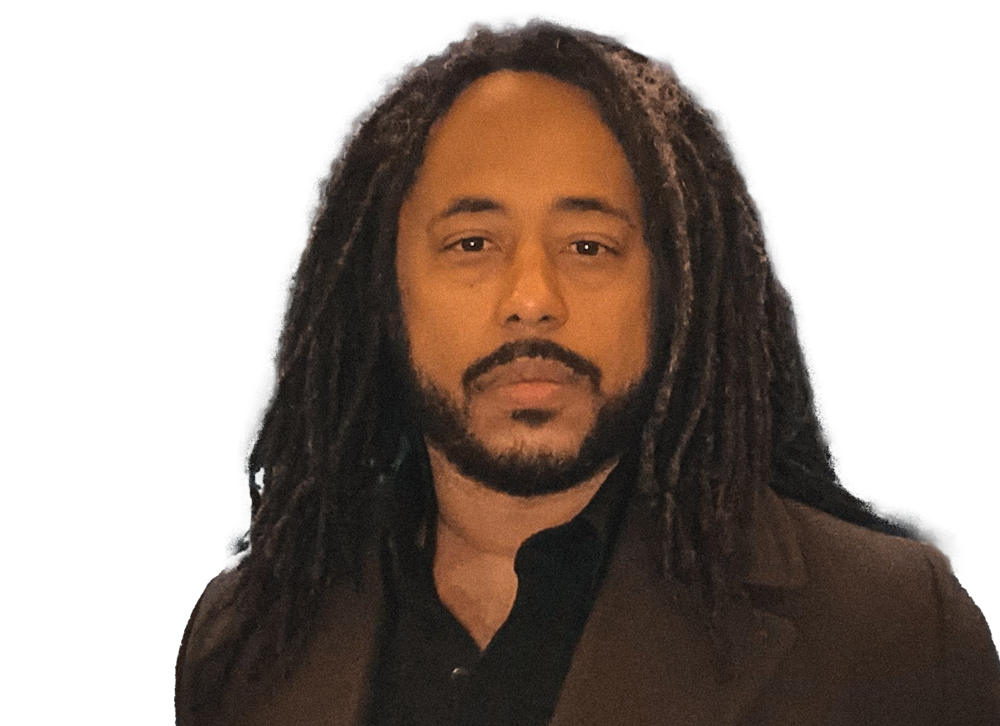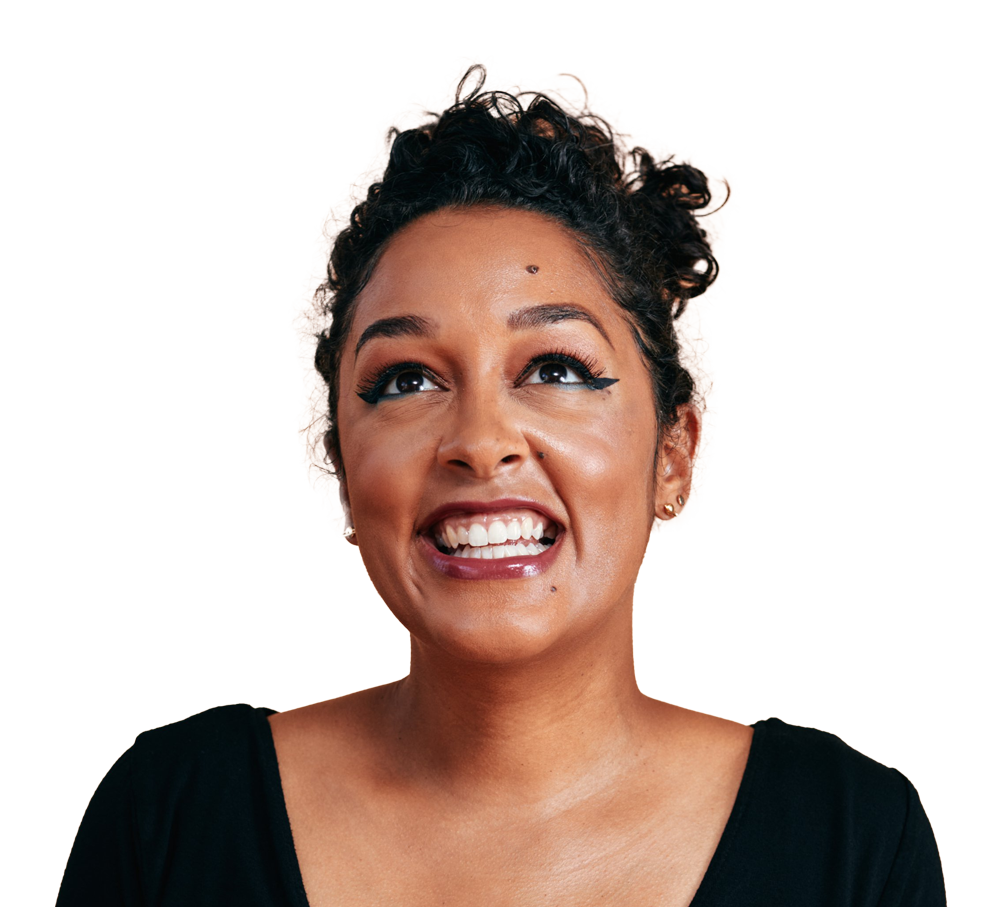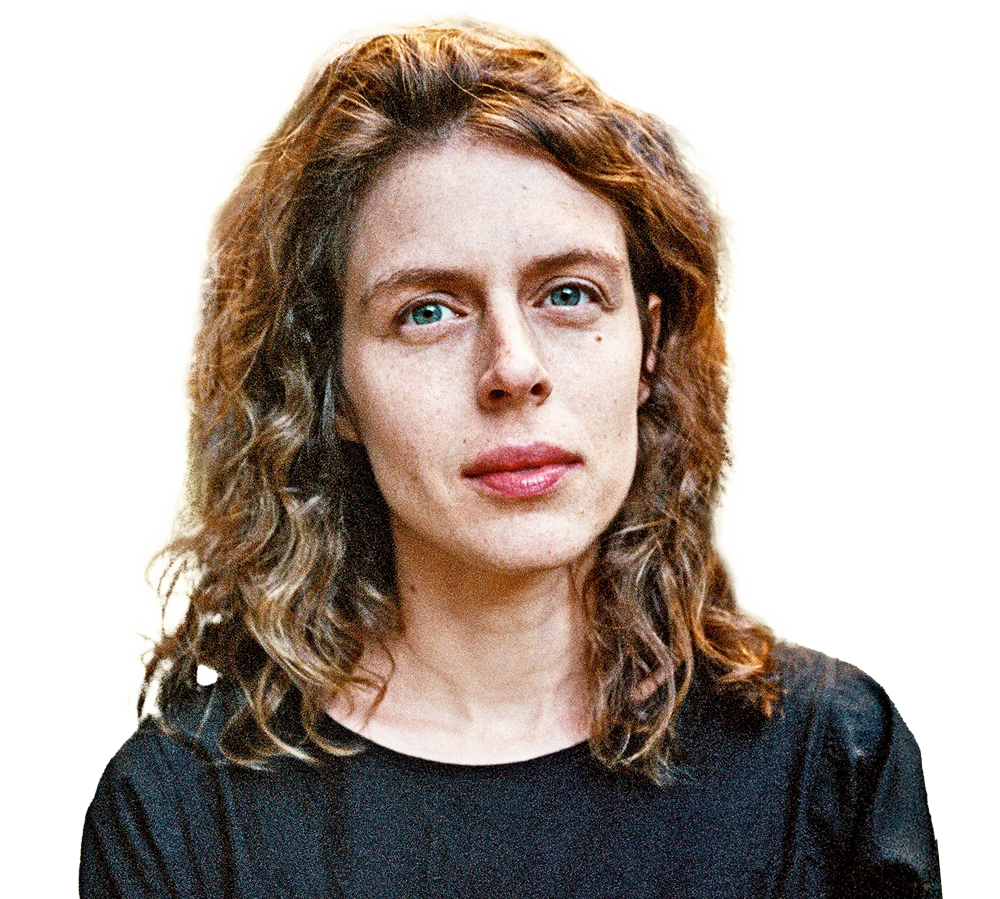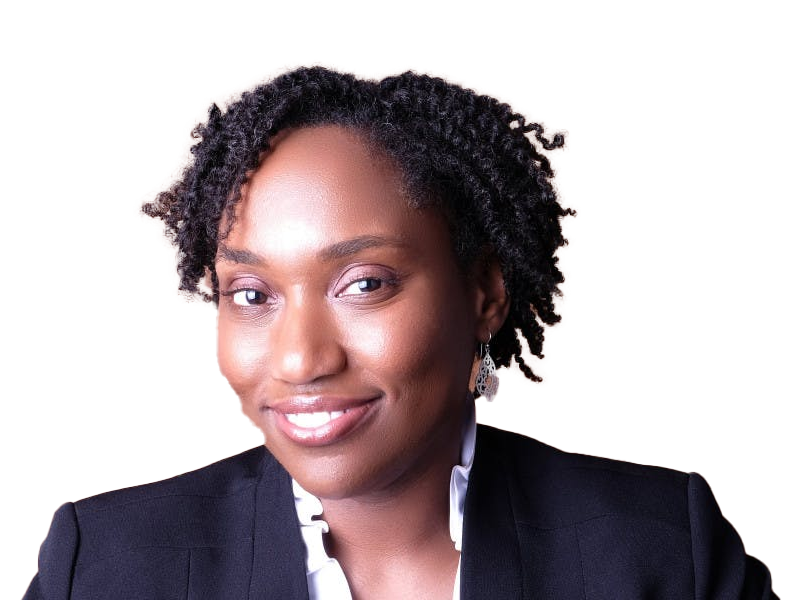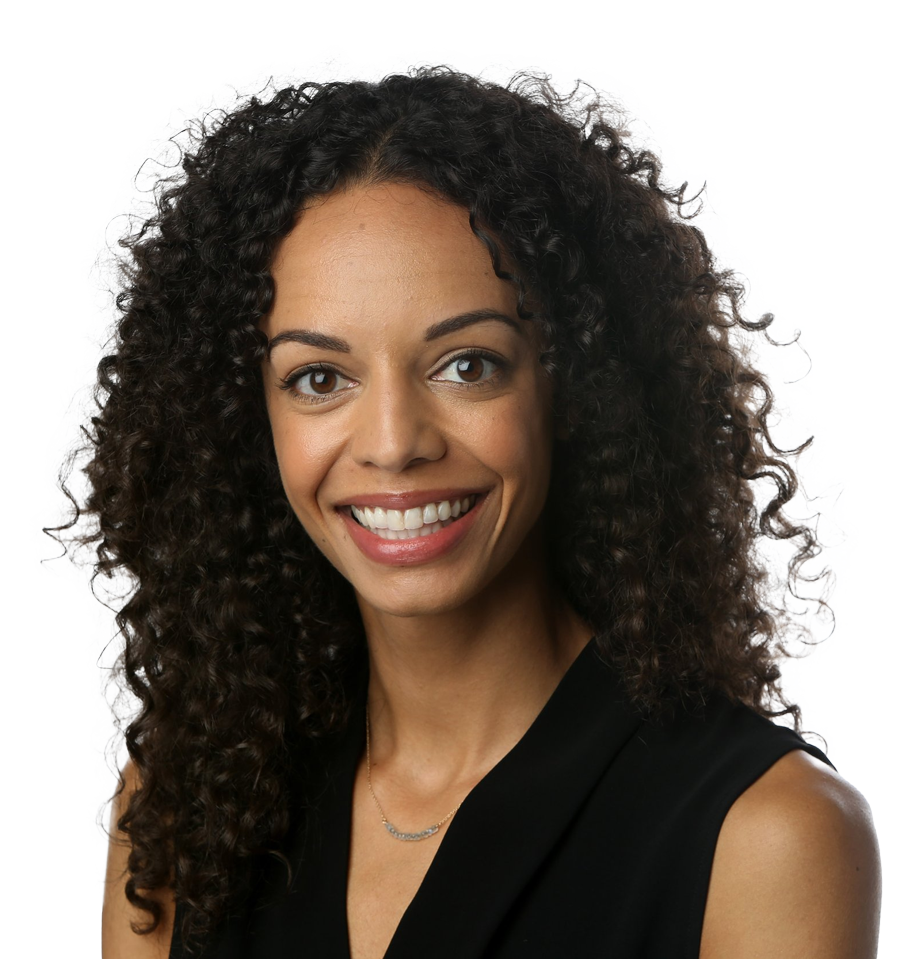Katie Engelhart didn’t set out to become an expert on death and dying. “I’m still squeamish about it,” she told New America. “But I feel like a lot of stories go untold because they’re uncomfortable to tell and to read. So, I feel the mission to tell these stories very strongly.”
A Pulitzer Prize-winning contributing writer to The New York Times Magazine, Katie has been reporting for nearly a decade on aging and the right to die movement, in which people have challenged the medical establishment to help them die to end their suffering. Several U.S. states allow assisted dying under strict parameters, and other countries have legalized that option or active euthanasia nationwide, with pushback. It’s a fraught topic, often seen as pitting an individual’s right to choose when and how they die against physicians’ duty to sustain life.
Katie dove into this complex subject to produce The Inevitable: Dispatches on the Right to Die. Written with support from her New America fellowship, the book tells the stories of people grappling with the decision to pursue assisted death, of physicians and activists determining how to address illness, and of the knotty ethics involved in facilitating death across different health and socioeconomic conditions.
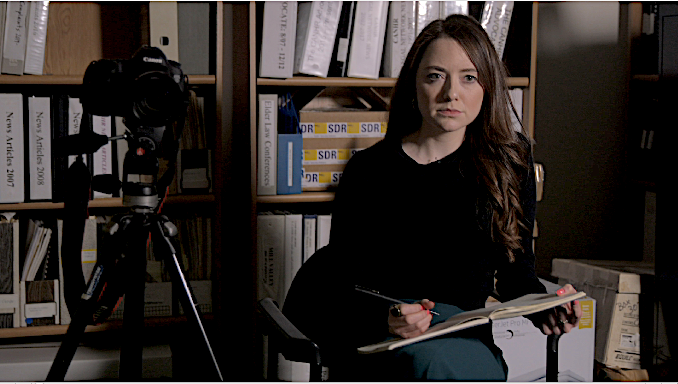
Katie recently sat down with New America to discuss confronting mortality head-on, reporting sensitively on a high-stakes topic, and using her work to inform healthy debate.
This interview has been condensed and edited for clarity.
You’ve closely observed people wrestling with the decision to end their own lives. How did witnessing their moments of uncertainty—or ambivalence—shape your understanding of that choice?
There’s this phrase I think about a lot from a right to die advocate describing someone: “She doesn’t want to die, she just doesn’t want to live this way.” And I think that describes a lot of people.
When I’m reporting, I assume people are undecided. I’m always very careful—my greatest fear is that somehow the process of speaking to me, being involved in a story, might lead them to some outcome they wouldn’t otherwise choose. That someone who knows I’m writing about the right to die might feel pressure—even a little bit—to do the thing they told me they were going to do.
I always tell people that I’m interested in talking to patients who are considering assisted death, not necessarily people who are certain. And I always tell them: You don’t owe me anything. If, at any point, you don’t want to keep talking to me, you can let me know. You can also stop answering my calls and texts, and I’ll get the point.
You wanted to move into long-form journalism and now you’ve moved into being an expert on the right to die movement. What drew you in, and what kept you?
The book was five years in the making. My origin story for The Inevitable is not particularly poetic. I was assigned a story at my old job and I ended up running with it. And there weren’t a lot of people reporting on assisted death outside of the legal and medical context. I did take a break from it, [though] not from dire subjects—I spent time reporting on dementia and psychiatry. But, I’d say I’ve been dragged back into it. There’s still more to learn. Still, I’m hoping [my current project] will be my last on the right to die for a long time.
What corners of this world haven’t been explored yet?
I think it’s important to let the messiness and complexity of these decisions come through. I’ve read a lot of tidy, packaged stories about assisted death. To be fair, a lot of assisted dying is like that. The classic case is someone in their 80s who has terminal cancer, is educated, and has resources. But a lot of people have factors that weigh on—and complicate—their autonomy, like loneliness, mental illness, socioeconomic status, obligations to people in their lives, or inversely, the feeling of being a burden on people in their lives. Theoretically, choosing an assisted death is an autonomous choice, but there are a lot of things that weigh on that autonomy. So I’m interested in complicating the picture as much as I can.
The father of one of your subjects told you, “I don’t want my daughter to die so your book has a good ending.” How has that statement shaped your understanding of your role and the ethical boundaries of storytelling?
His daughter was young, around 40 years old, had multiple sclerosis, and was considering assisted death. I’d been talking to her for over a year and really wanted to speak to her father, but he had no interest. Finally, he agreed to a phone call. He very quickly aired his grievances. He worried his daughter would get swept up in the story I was telling and would feel she needed to give me her death as the ending of my book.
He was a retired journalist, and he was so thoughtful. I felt very comfortable telling him that I completely agreed, and that I hoped she wouldn’t feel pressured. I explained the ways that I was trying to make her not feel pressured. [But] it is a risk. It wouldn’t be fair for me to tell them there was no way that could happen. In fact, I think that was a really important chapter in the book because it ends with his daughter, still years later, uncertain—maybe she’s going to die [this way], maybe she’s not. I needed to show that perspective in the book.
When you look at U.S. states or countries that have right to die laws, there’s a significant minority of people who get approved for assisted suicide who never go through with it. Some of them changed their minds or found some way to live comfortably.
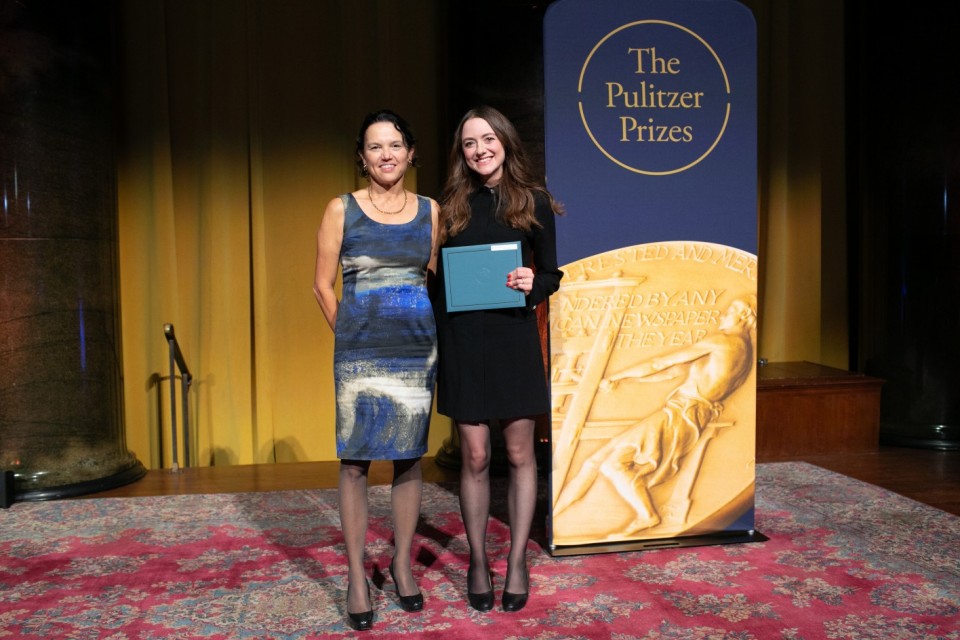
Before you started reporting on the right to die movement, how did you relate to your own mortality? How has that since changed?
I have [thought about it] ever since I was a little kid. I have no idea [why]. My dad is a kind of capital-A atheist with Richard Dawkins books lined up on the shelf. I was told from a very early age that there was no afterlife, that there was no heaven. If my friends thought that there was, that’s because their parents believed in fairy tales. I have very strong early memories of asking questions about the universe. So, I think I was drawn to these questions at an early age.
Your 2024 New York Times Magazine article “Should Patients Be Allowed to Die From Anorexia?” was an unsettling read. Naomi’s life felt like an almost unrelenting battle. What was your personal takeaway from telling her story—and sitting with the complexity of her suffering?
I still can’t believe that article was published, in some ways. I give credit to my editor for believing in this story because it’s dark and complicated. I think readers want the subject to be likeable and legible to them, and Naomi has struggled with a lot. No amount of reporting would make me understand all of her actions. I wanted to bring the reader in on her decision-making. Palliative psychiatry is sort of a new idea in psychiatry and medicine, and it is mostly theoretical, but there are a few people who are applying it, and most of them are doing so in the context of severe eating disorders.
It was a struggle to convey the extent of [Naomi’s] suffering in specific ways, but also be kind of restrained. That’s something I have to think about a lot—how to be detailed but respect the dignity of the person I’m writing about. And also not make my articles completely unreadable.
I don’t know if I hold the Janet Malcolm view [that what I’m doing is “morally indefensible”], but to some extent I [do]. I have to make sure that the relationship [between me and my subject] is not crossing some grounds and also that I’m not inadvertently taking advantage of their loneliness.
Of all the pieces I have worked on, that might have been the most challenging, with respect to my relationship with my subject.
When you hit publish on a project, who or what do you look to for validation?
I think I’m lucky enough to get to do this work, and have this finished product be something that I’m proud of, that I don’t particularly care if it’s one of the most-read things. When I’m writing about these niche, uncomfortable subjects, I find that the people who need the article will find it, and it doesn’t matter if it’s not to everyone’s taste or people don’t feel like sitting with it. I get long emails from people who have connected in a really strong way with a piece. I care more about a small number of people getting a lot of meaning from something.
With the last few pieces I’ve done, I’ve really enjoyed seeing healthy debate in the comments sections on The New York Times. I know I’m successful when I see people reach different conclusions from my articles. For instance, there were people who definitely thought I was siding with Naomi’s doctor, and others who definitely thought I was subtly critiquing her doctor’s method all along. I consider myself successful, in that case, if the results are divided.
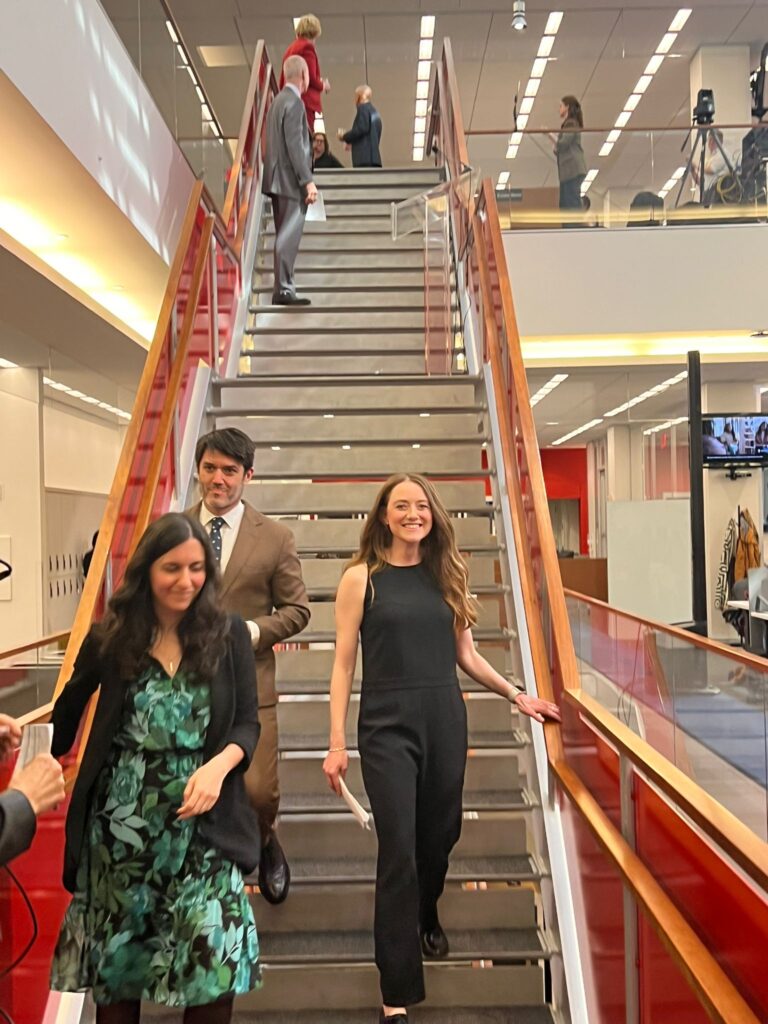

July 9, 2025
Photos provided courtesy of the Fellow.
